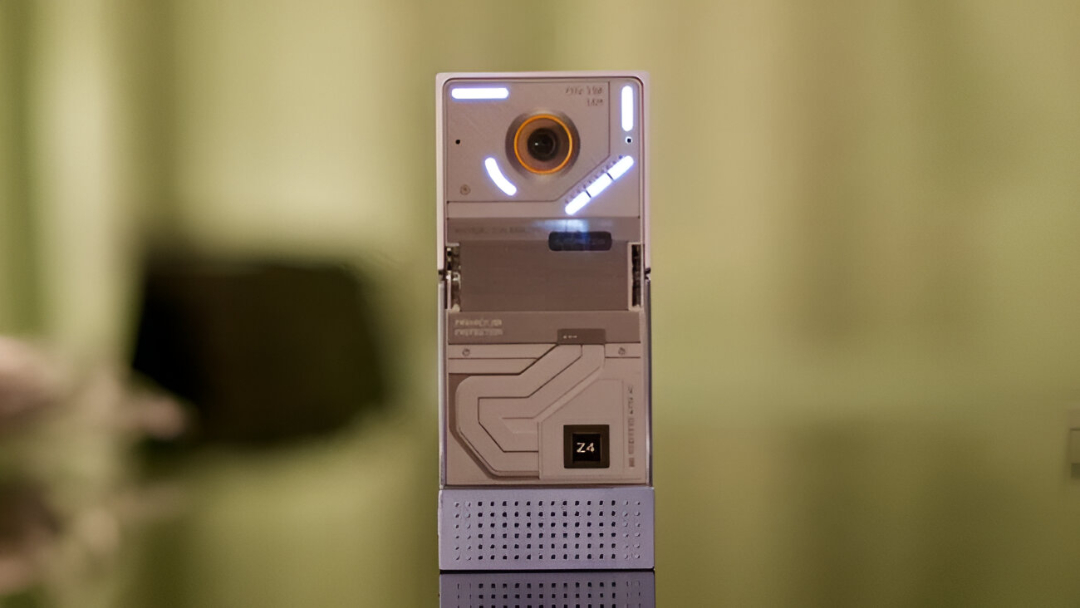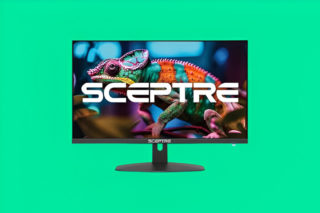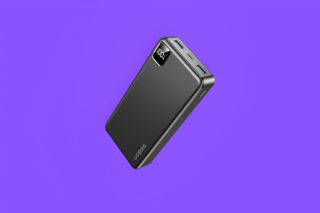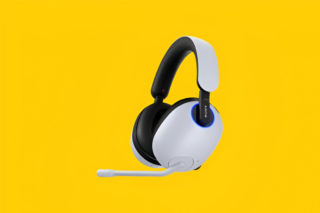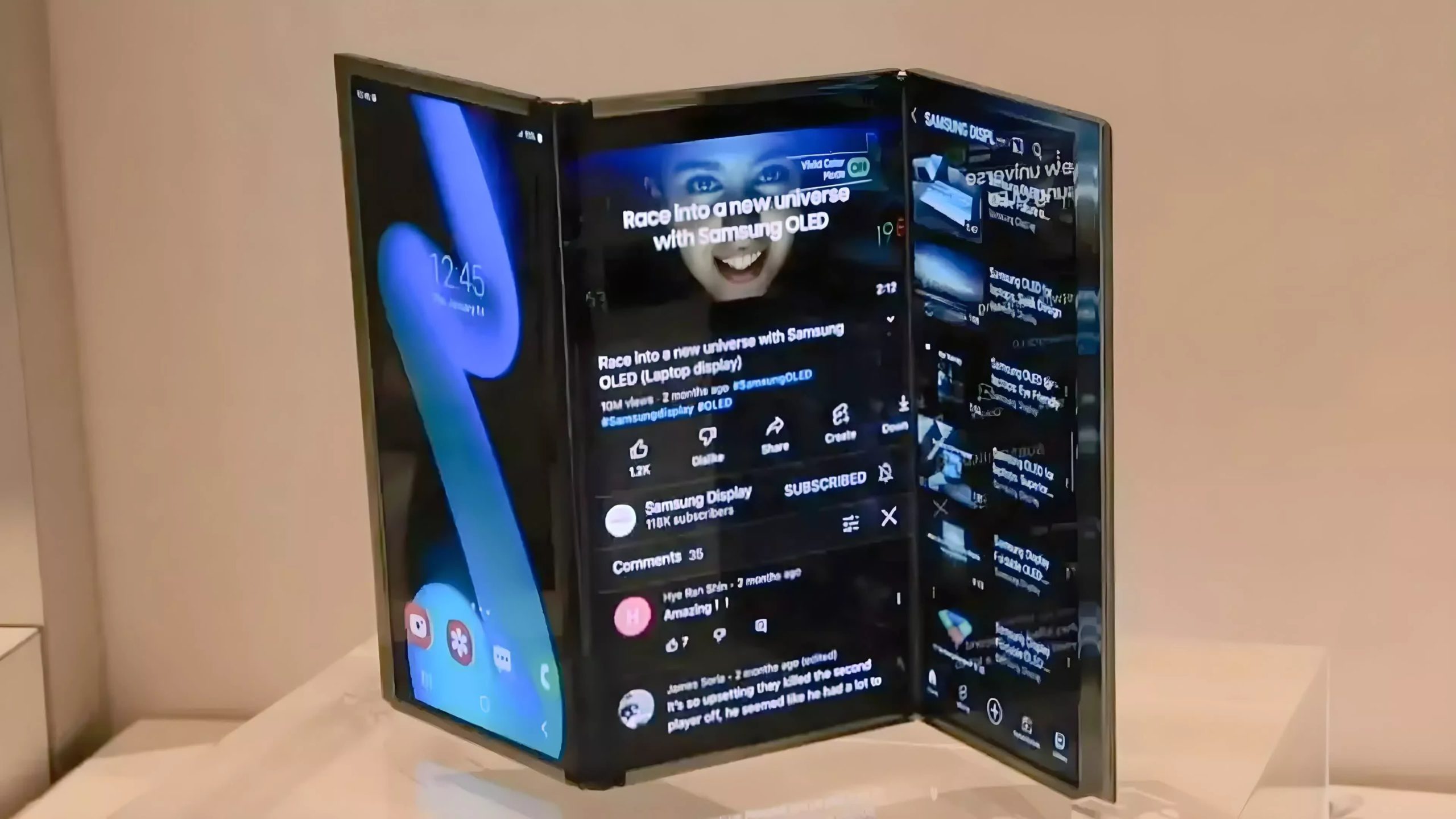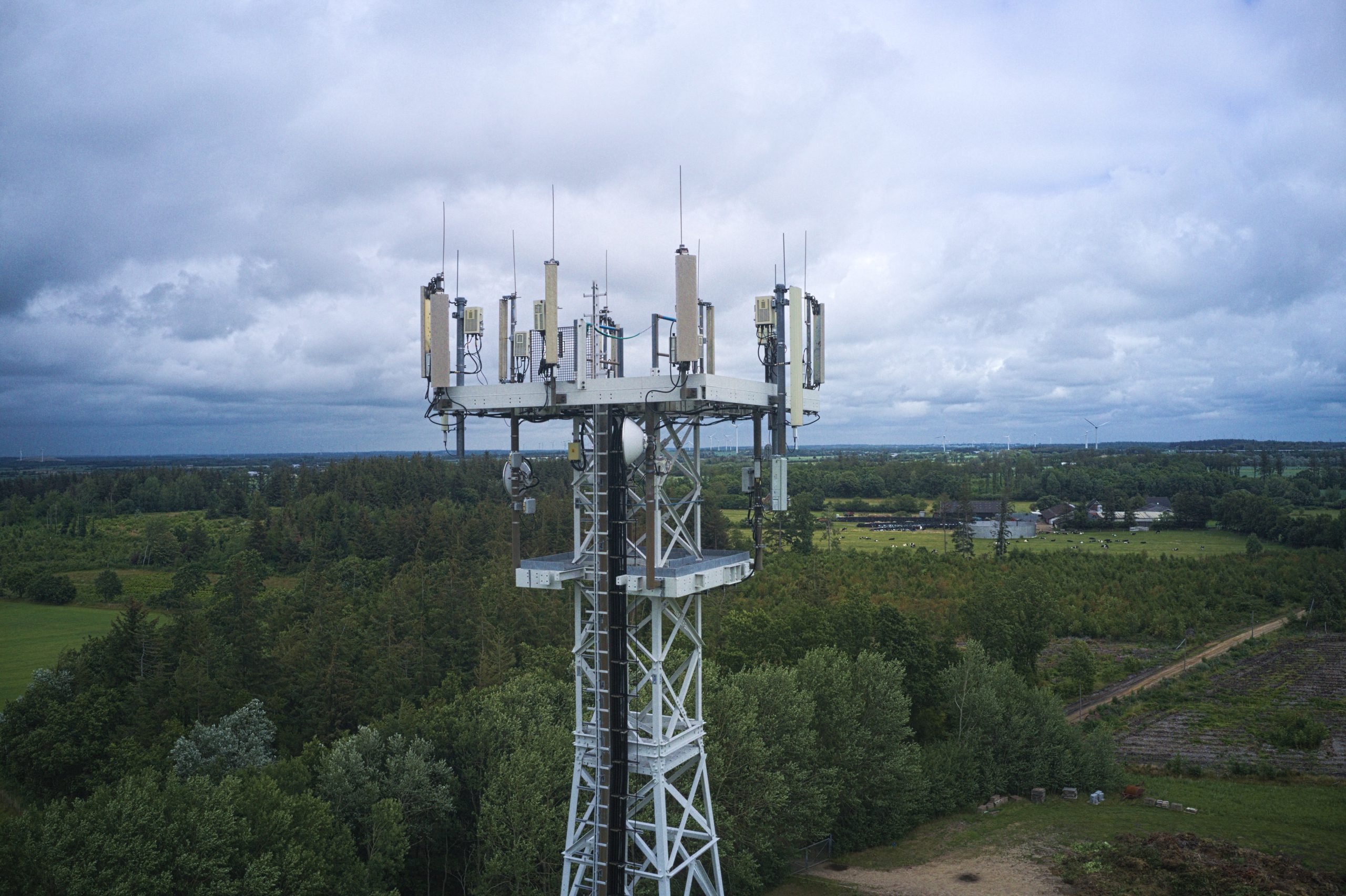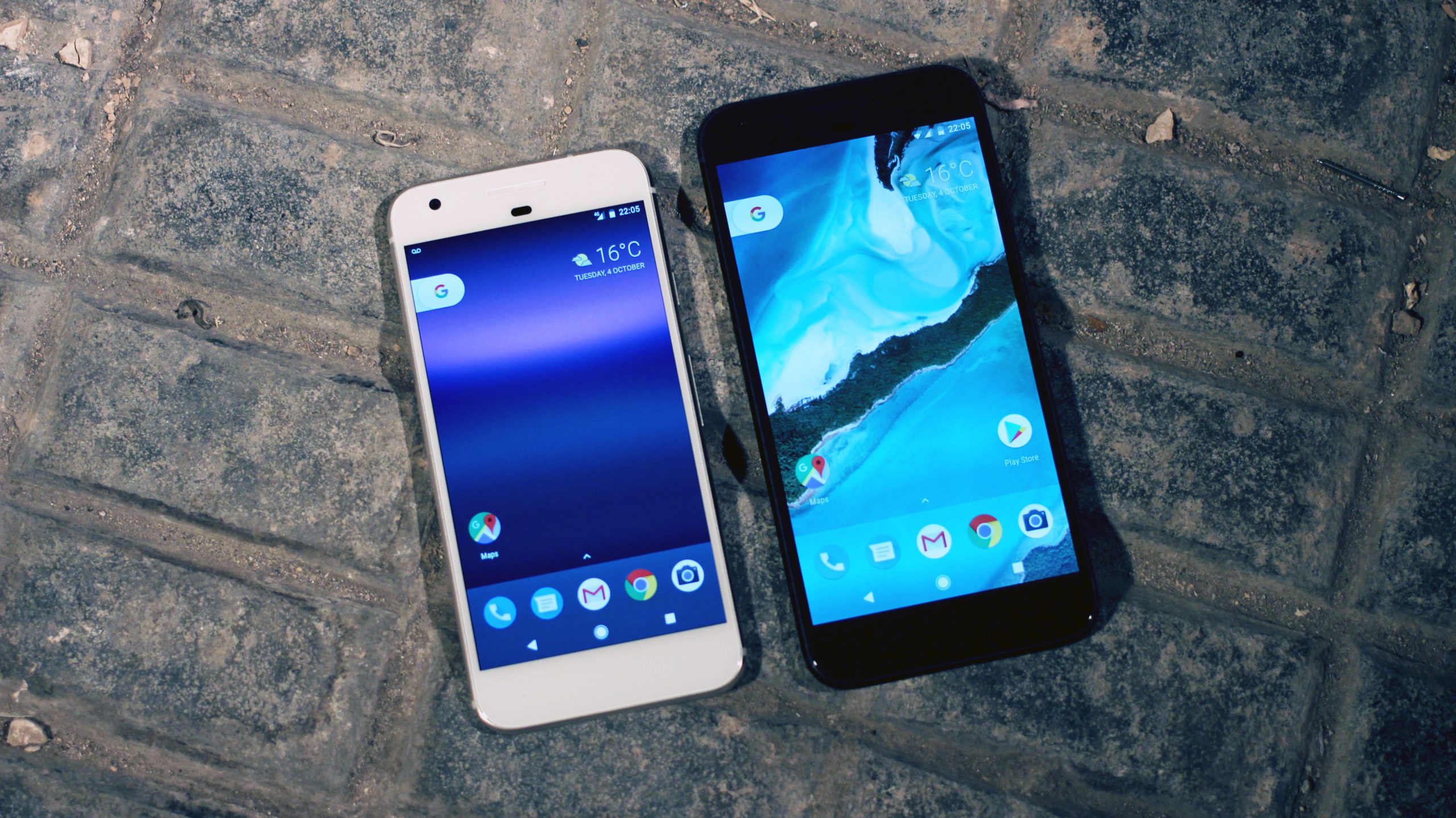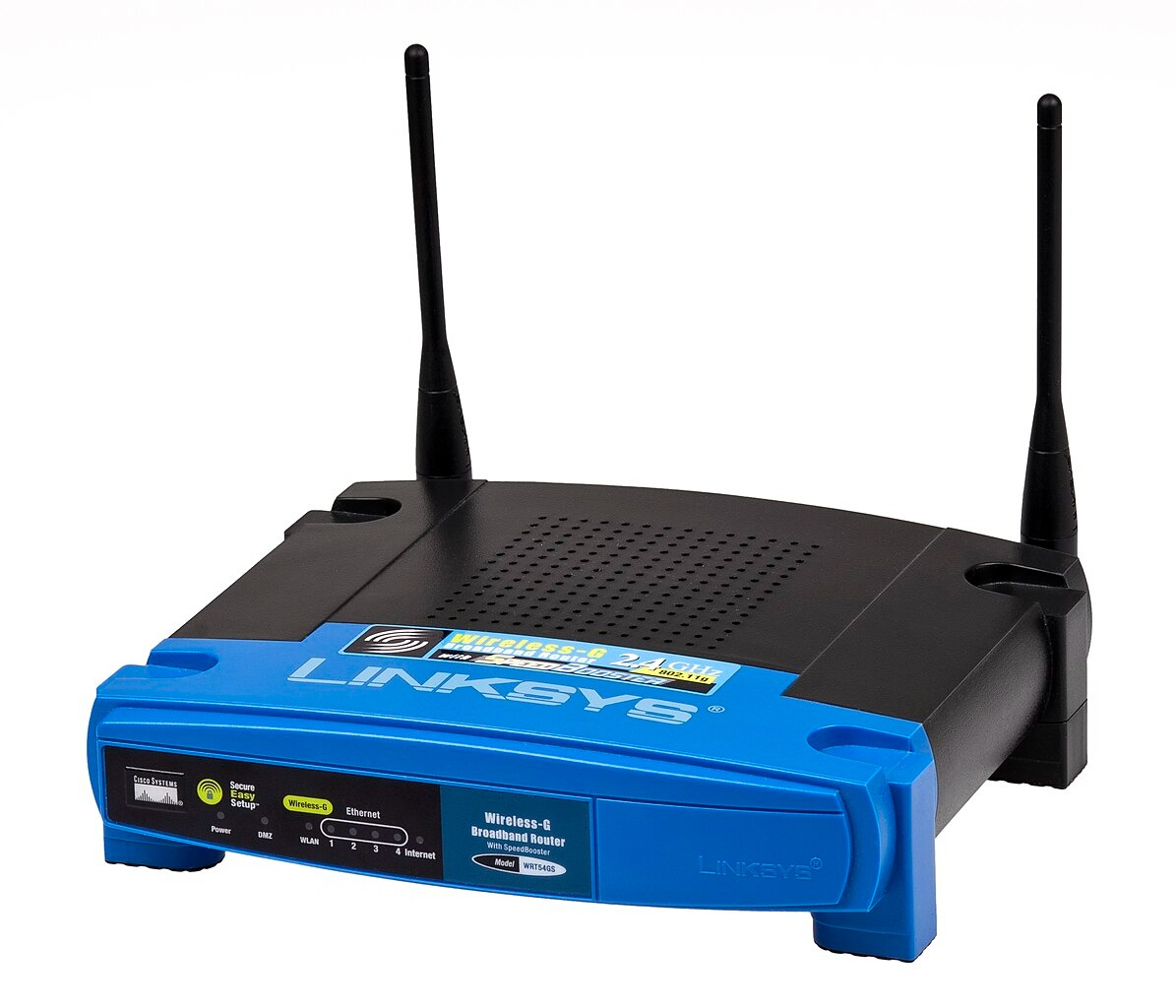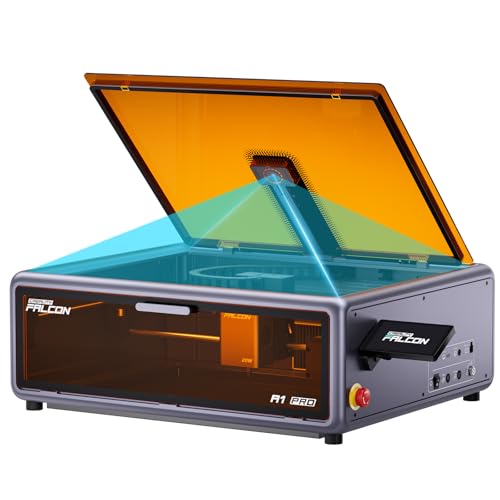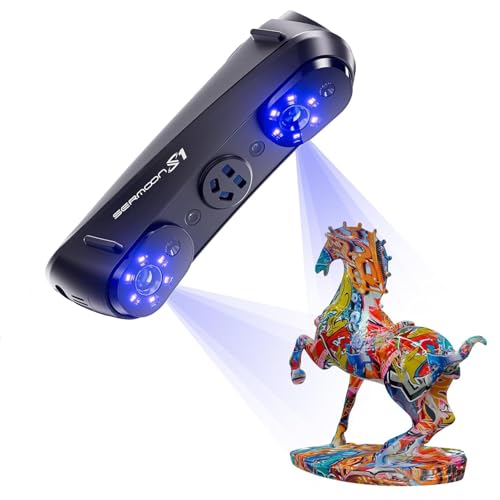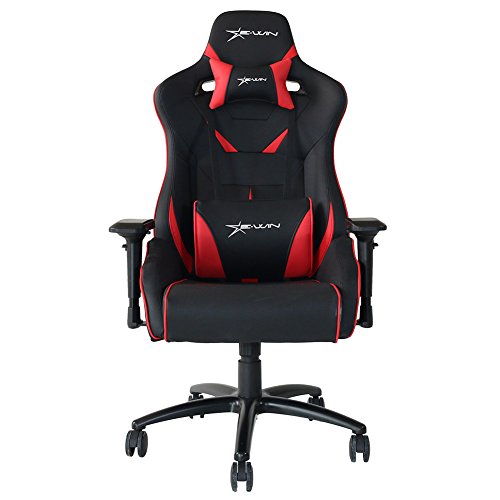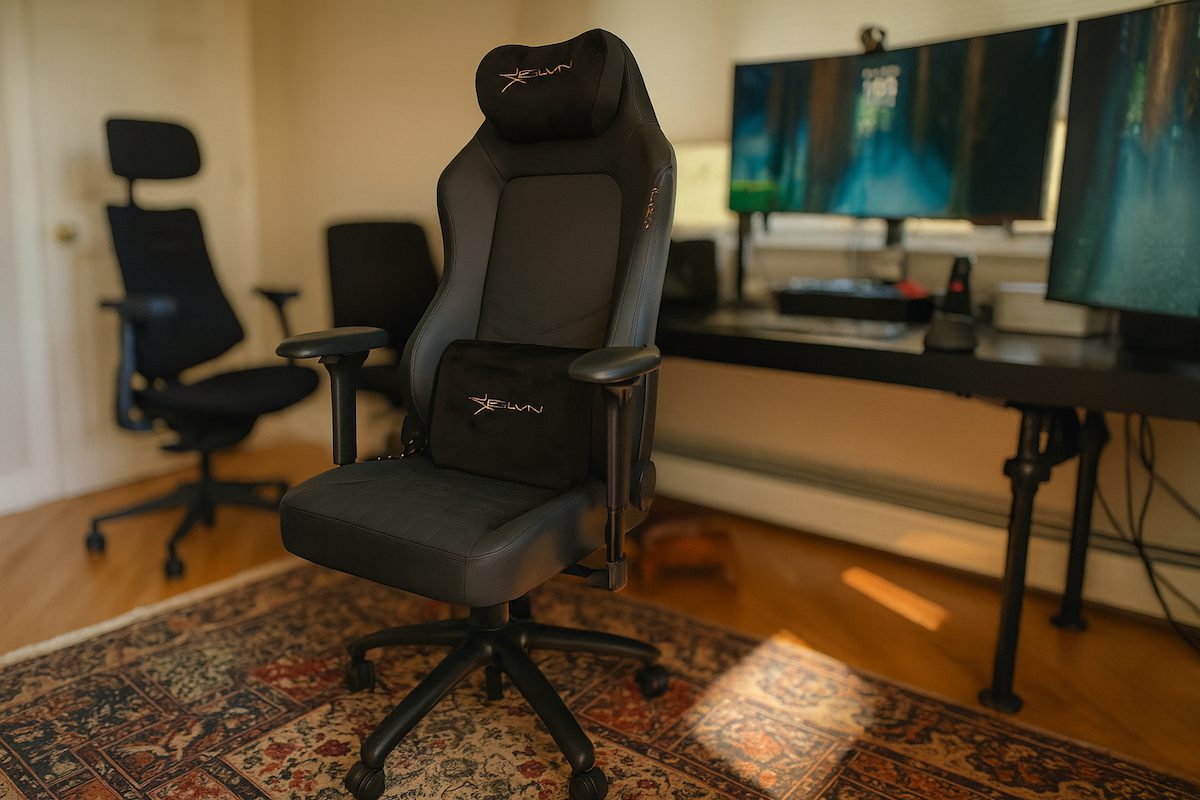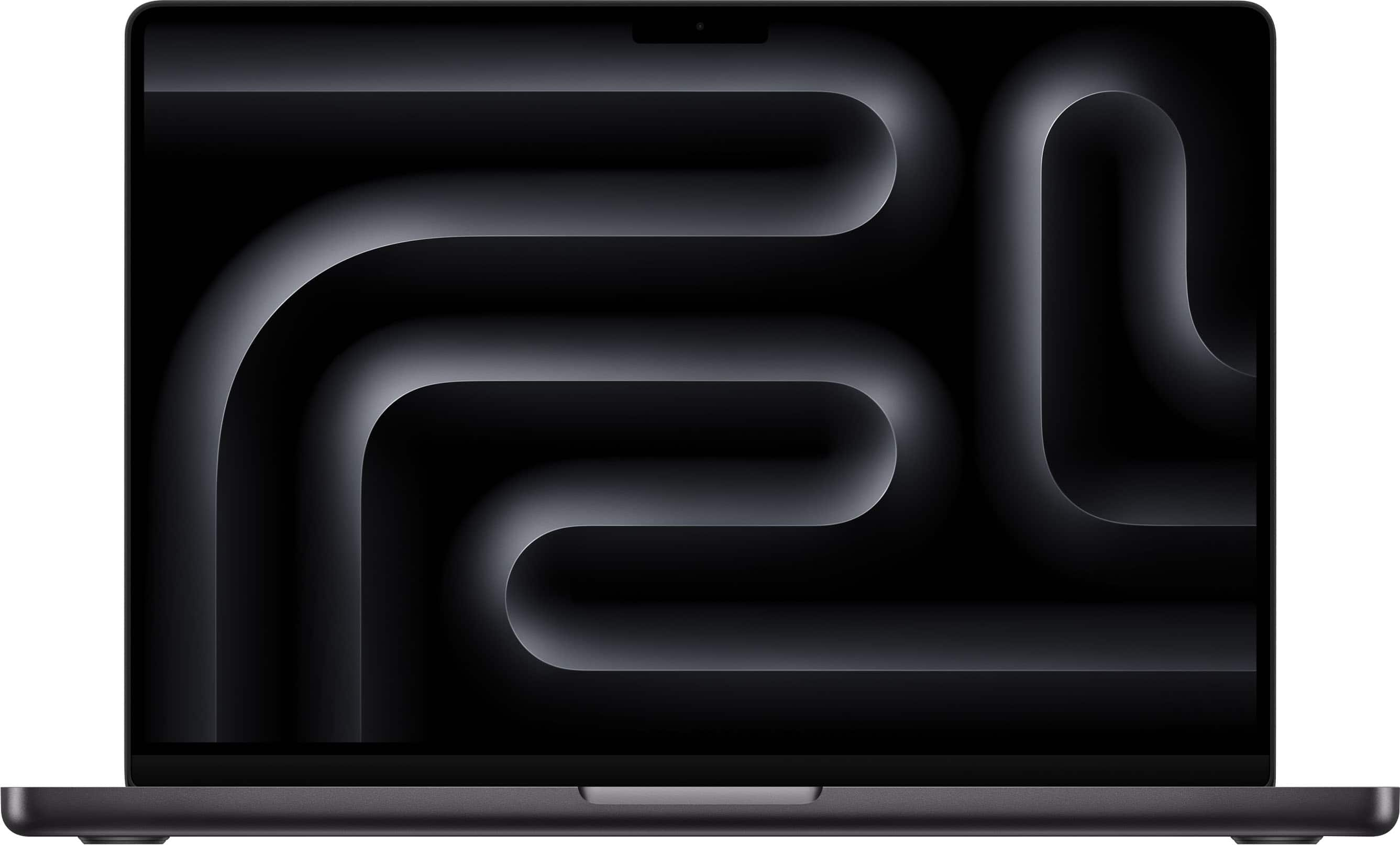Tech companies have long focused on wearables that monitor steps, sleep, and heart rate, but Amazfit is turning its lens toward the dinner table. Introduced at CES 2025, the Amazfit V1TAL is a tiny, wrist-mounted camera designed to track your eating habits. Think of it as a pocket-sized food critic, quietly documenting every bite. While it may sound quirky, the idea of a device discreetly observing your meals raises real questions about surveillance in everyday health tools, making it an unexpectedly fitting entry in today’s consumer-friendly spy gadgets landscape.
The concept is deliciously simple. Place the compact V1TAL on your table during mealtime, press a button to reveal its camera (which unfolds to expose the lens), and let it record your dining session. Once you’ve finished eating, the device’s AI analyzes the footage to generate comprehensive nutritional data that flows directly to Amazfit’s Zepp app.
Automatic Food Tracking That Never Forgets
You know how meal-tracking usually works—you diligently log breakfast, forget lunch, and by dinner, you’re convinced that if the app doesn’t see you eat that cookie, it doesn’t count. The V1TAL eliminates this nutritional equivalent of clearing your browser history. As Digital Trends writer Joe Maring noted after a private demo at CES, “remembering to manually log everything you ate is a time-consuming and easily forgettable task.”
What separates the V1TAL from the crowded pantry of nutrition apps is its ability to analyze eating behaviors. It notices if you’re speed-eating or if you’re strategically avoiding vegetables on your plate. The device then offers suggestions to improve these habits—a digital accountability partner that can’t be muted with promises to do better tomorrow.
More Than Just a Food Camera
The V1TAL isn’t just a one-trick pony. Running on Amazfit’s Zepp OS (the same operating system used in their smartwatches), it also handles notifications, timers, and to-do lists, though adding more features to a device with a clear primary purpose is often a recipe that leads to the same disappointing results as recent AI wearables. Sometimes the most satisfying tech is the kind that does one thing exceptionally well, rather than attempting a buffet of mediocre functions.
A camera watching you eat raises questions that Amazfit hasn’t fully answered as of CES 2025. Are videos stored locally or uploaded to servers? How long is footage kept? Can users delete recordings? For the privacy-conscious, these unanswered questions might leave a bad taste.
Creating a Health Data Ecosystem
Integration with Amazfit’s broader ecosystem creates a symphony of health data that could produce meaningful insights. Amazfit executives discussed how marathon training data from an Amazfit watch, combined with nutritional information from the V1TAL, could generate personalized recommendations more valuable than either device could provide solo.
Despite being in the prototype stage at CES, the V1TAL isn’t vaporware—the company plans to launch it in the first or second quarter of 2025, as confirmed by multiple sources. But like a restaurant menu without prices, Amazfit has remained silent on what the V1TAL will cost, leaving consumers wondering if this will be an affordable side dish or an expensive main course in their tech collection.
The Future of Food Tracking
For health enthusiasts, the V1TAL represents either a groundbreaking tool or the moment health tracking crossed from helpful to invasive. Its success will ultimately depend not just on technical performance but on whether consumers are ready to have yet another digital set of eyes watching their daily lives.


